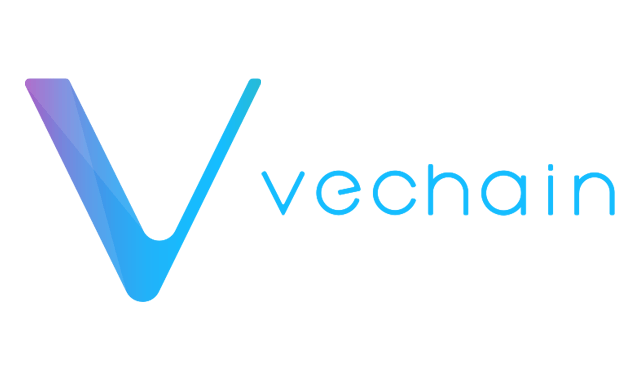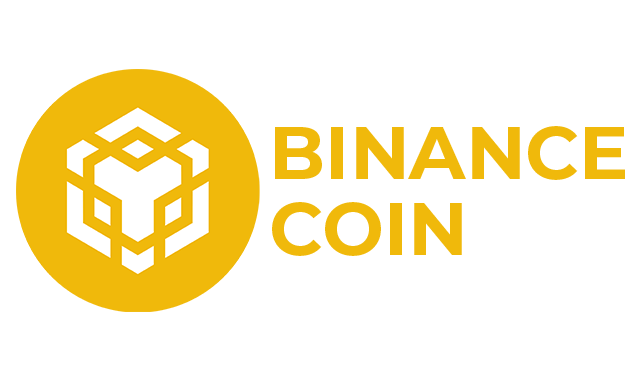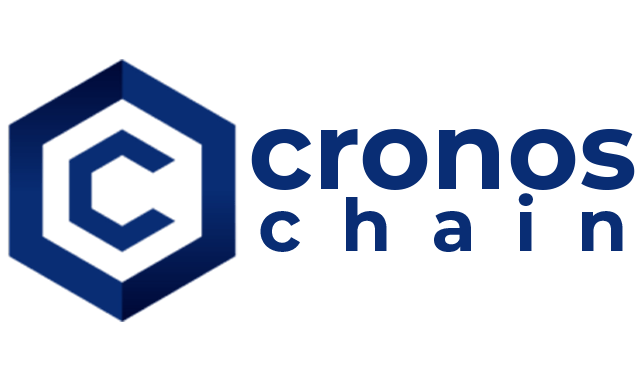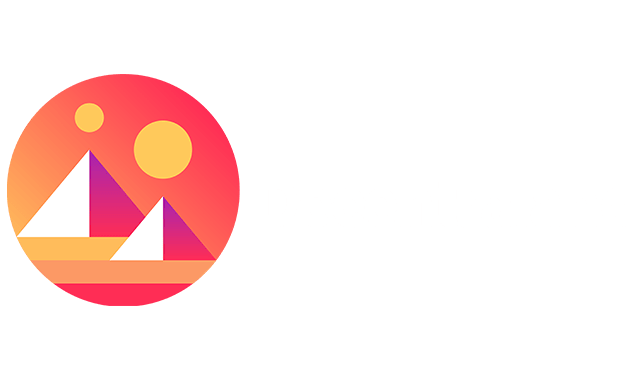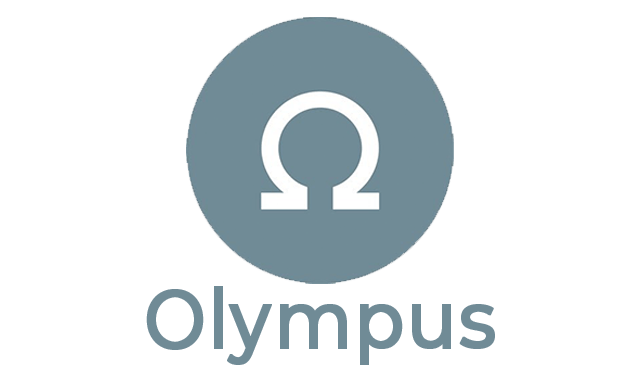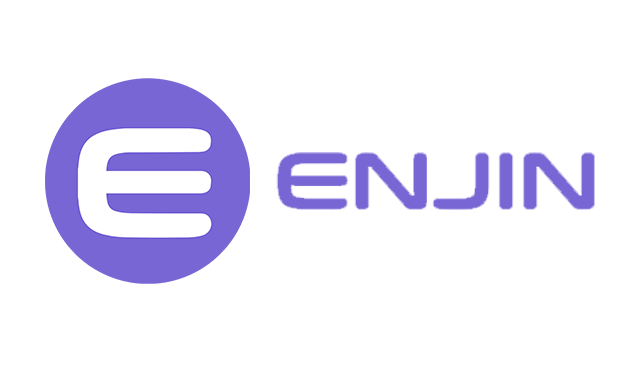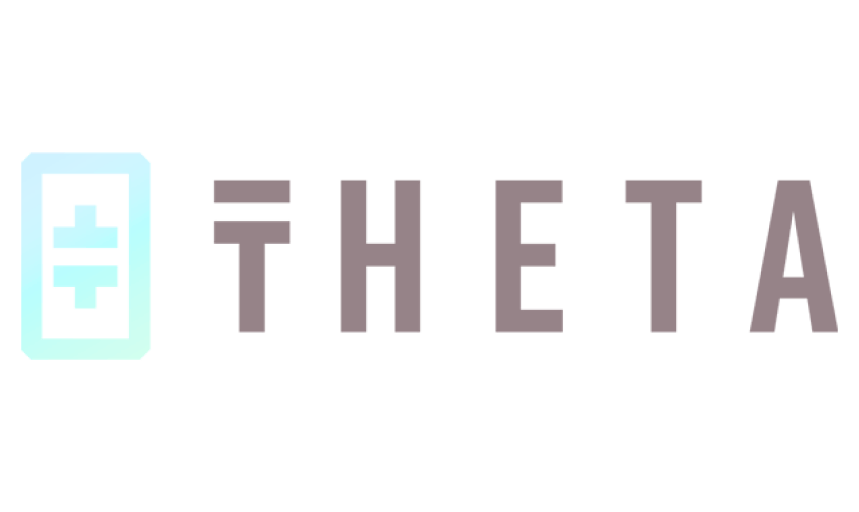Building the Future: Explore the Blockchain Infrastructure
Discover the latest advancements in blockchain infrastructure. Join the decentralized revolution and build the future of finance.

Cosmos (ATOM)
Crypto Categories: Cross Chain, Infrastructure, Layer 1
Cosmos (ATOM)
ATOM crypto is the leading crypto native to Cosmos, the open-source distributed application ecosystem. It’s one of the fastest-growing blockchain projects in history. It boasts an ever-expanding network of projects that are all integrated with each other and bound by its consensus system called Tendermint.
Since its launch in 2019, ATOM holders have enjoyed inflationary rewards from staking their tokens on the Cosmos Hub, participating in on-chain governance through the Cosmos Forum, and even using a variety of decentralized financial offerings and services provided by third-party DeFi networks.
In this article, we’ll explore why Cosmos (ATOM) is such a unique project and what makes it stand out from other cryptocurrencies. We’ll look at its technology, features, potential use cases, applications, and risks associated with investing in it.
What is Cosmos (ATOM)?
The interoperability issue across other blockchains is something that Cosmos (ATOM), a cryptocurrency and blockchain network, seeks to address.
The Byzantine Fault Tolerance (BFT) algorithm Tendermint is used by the Cosmos. High scalability and the quick transaction can be processed made possible by this. Other blockchain initiatives, including Binance Chain, employ the consensus mechanism.
The main Cosmos is a central hub for all the blockchains to connect. In addition, the Cosmos network enables the construction of additional connections. It’s designed to function as a go-between for the individual blockchain formed within the Cosmos, known as “zones.” This makes it simpler for consumers to communicate with many networks without using various coins or wallets by enabling the movement of digital assets and data between others.
ATOM is the native token of the Cosmos hub that provides open-source tools for developers to build their own interoperable distributed ledgers. The Cosmos used to pay its token to cover transaction costs and participate in network management as a separate cryptocurrency from the others. Additionally, the network permits the development of new tokens that can be applied to various tasks, including rewarding network users and enabling decentralized applications (dApps).
How does the Cosmos Platform work?
Cosmos uses a unique architecture called the Cosmos Software Development Kit (SDK), a framework for building dApps on its distributed ledger. The SDK provides developers with tools, modules, and libraries to help them create application-specific blockchains that are interoperable with the Cosmos.
Zones are a network of interconnected distributed ledgers that make up the Cosmos network. A standard communication protocol called Inter-Blockchain Communication (IBC) can be used by each zone to interact and conduct a number of transactions with other zones while allowing each zone to have its own specific set of rules and functionality. This is a network that allows value exchange and interoperability between various distributed ledger networks.
Tendermint Byzantine Fault Tolerance (BFT)
Tendermint is a Byzantine fault-tolerant (BFT) algorithm that enables secure and consistent communication between distributed nodes in a decentralized network. The protocol is designed to work in open networks, where nodes can join or leave the network anytime.
The algorithm uses a round-based process involving three phases: proposal, pre-vote, and pre-commit. First, a validator proposes a block in the proposal phase, and all other node operators receive and validate the proposal. Next, operators vote for the proposed block in the pre-vote phase, indicating validity. Finally, in the pre-commit phase, they cast their final votes for the block, indicating they are ready to commit to the blockchain.
Additionally, it uses a deterministic finality process, which means that once a block is committed, it is guaranteed to be part of the final chain. This approach ensures consistency, as all nodes in the network will have the same view of the distributed ledger.
It also includes a mechanism for punishing malicious actors, such as node operators who attempt to manipulate the network or who fail to follow the protocol. Node operators who misbehave can have their tokens slashed, reducing their stake in the network.
Cosmos SDK
The Cosmos SDK aims to offer developers an adaptable and modular foundation for creating sovereign blockchain apps that can communicate with another blockchain inside the Cosmos ecosystem. It features several pre-built modules, like token issuance, staking, governance, and more, that may be used as building blocks to develop unique distributed ledger applications.
What Makes Cosmos Network Unique?
Here are some of the features that make Cosmos unique:
- Tendermint Consensus: The incredibly effective and quick consensus algorithm is what Cosmos makes use of. Tendermint has a high level of attack resistance and can process thousands of transactions per second.
- Proof of Stake: Cosmos blockchains utilize a proof-of-stake (PoS) consensus mechanism that lets ATOM holders participate in network governance and get incentives for securing the network. This strategy is more energy-efficient than proof-of-work (PoW) consensus processes, which require miners to conduct laborious calculations.
- Governance: Stakeholders can propose and vote on network changes using the built-in governance mechanism of Cosmos. By doing so, the network can change over time to adapt to new situations.
Who are the partners of Cosmos (ATOM)?
Many different partners and projects work with Cosmos in various capacities. Here are some of the notable partners of Cosmos:
- Binance: This is the leading crypto exchange that has partnered with Cosmos to support the trading of ATOM on its platform.
- Kava: Kava is a DeFi platform built on Cosmos. Kava enables users to borrow, lend, and earn interest on their crypto assets.
- Terra: Terra is a blockchain platform that creates stablecoins and other DeFi applications. Terra uses Cosmos to enable cross-chain interoperability with other platforms.
- Agoric: Agoric is a smart-contract platform that is built on Cosmos. Agoric enables developers to create secure, composable smart contracts interacting with other platforms.
- Band Protocol: Band Protocol is a distributed oracle platform that provides accurate, real-time data to blockchain applications. Band Protocol is integrated with Cosmos, which has the ability to transfer into cross-chain data.
- Persistence: Persistence is a blockchain-based platform that provides infrastructure and tools for DeFi and enterprise applications. Persistence uses Cosmos to enable interoperability with other platforms.
How can ATOM Tokens be mined?
Cosmos (ATOM) is a proof-of-stake (PoS) blockchain. It does not use traditional mining to create new blocks and validate transactions. Instead, it uses a consensus mechanism, which relies on node validators staking their ATOM as collateral to participate in block production and validation.
Node operators are selected based on the number of ATOM they have staked and their reputation within the network. They are responsible for creating new blocks and validating transactions. In addition, they earn rewards through transaction fees and newly minted ATOM.
To become a node operator, you must stake a certain amount of ATOM tokens and run an operator node on the network. However, becoming a validator requires significant technical expertise and a substantial investment in ATOM.
Alternatively, you can participate as a delegator by staking your ATOM with a node operator. Of course, delegators also earn rewards through transaction fees and newly minted ATOM. Still, they can run a validator node or need more technical knowledge than node operators.
While Cosmos does not allow traditional mining, users can participate in the network and earn rewards through staking ATOM.
Where to buy or sell ATOM?
Cosmos (ATOM) can be bought or sold on various crypto exchanges. Some of the popular exchanges where you can buy or sell ATOM include:
- Binance
- Coinbase
- Kraken
- Huobi
- DigiFinex
- OKX
- Osmosis
- KuCoin
- Gate.io
To buy or sell ATOM on any of these exchanges, you must create an account, complete the KYC verification process (if required), deposit funds into your account, and then place an order to buy or sell ATOM.
How does ATOM compare against its competitors?
Its main competitors are other blockchain platforms that offer similar solutions, such as Polkadot, Ethereum 2.0, and Aion.
Here are some ways in which Cosmos compares to its competitors:
- Blockchain Interoperability: Cosmos was created to promote interoperability between distributed ledgers. Several platforms also provide this capability. However, Cosmos adopts a special strategy thanks to its IBC (Inter-Blockchain Communication) protocol, which enables quick and secure communication across blockchains. With the deployment of both Tendermint’s BFT and the IBC protocol, blockchains built on top of Cosmos retain their independence while interacting with other platforms.
- Scalability: Cosmos tries to address the scalability issue, like many other distributed ledger technologies. It accomplishes this by using a special consensus algorithm that is quick and effective.
- Governance: With an on-chain governance framework that lets token holders vote on platform ideas and updates, Cosmos takes an innovative approach to governance. While this is comparable to other systems like Ethereum, Cosmos provides a more adaptable governance structure that simplifies upgrades and adjustments.
- Community: Even though each platform has a thriving community, Cosmos has a particularly active and expanding group of users devoted to creating and utilizing the platform. In the Cosmos network, this has led to several intriguing projects.
- Ecosystem: Decentralized exchanges, lending platforms, and other projects and applications are among those being created on top of the Cosmos platform. Although it may not be as well-known as some of its rivals, it is gradually gaining popularity and luring developers and users.
Cosmos (ATOM) History
Cosmos (ATOM) is a cryptocurrency that was launched in March 2019. However, its history can be traced back to 2014, when its founder, Jae Kwon, Zarko Milosevic, and Ethan Buchman, began working on a new blockchain consensus algorithm called Tendermint. The Interchain Foundation (ICF), a Swiss non-profit organization, supports the development and growth of the Cosmos Network and its ecosystem.
Tendermint was designed to solve some of the scalability and security issues of the early distributed ledger technologies, such as Bitcoin (BTC) and Ethereum (ETH). It proposed a new consensus mechanism based on Proof of Stake (PoS) rather than Proof of Work (PoW).
In 2017, the Tendermint team launched a fundraising campaign to develop more new blockchains network using the Tendermint consensus algorithm. The project was called Cosmos, and its goal was to create an internet of blockchains where different networks could communicate and transact.
The Cosmos team project raised $17 million in its initial coin offering (ICO) in April 2017. In March 2019, the Cosmos Hub was launched, the first blockchain network built on the Cosmos technology.
Since its launch, Cosmos seeks to develop its technology and expand its network. In May 2021, the project announced the launch of Stargate. This major upgrade introduced several new features, including improved interoperability, faster transaction processing, and a new governance system.
As of February 2023, Cosmos has a market capitalization of over $11 billion and is ranked among the top 30 cryptocurrencies by market capitalization. Its success has been attributed to its innovative technology and its focus on interoperability, making it a popular choice among developers and blockchain projects looking to connect with other networks.
ATOM Price Statistics
Cosmos Price Live in USD
What is the market cap of ATOM?
What is the daily trading volume of ATOM?
What is the all-time high and all-time low for ATOM?
Related Crypto




